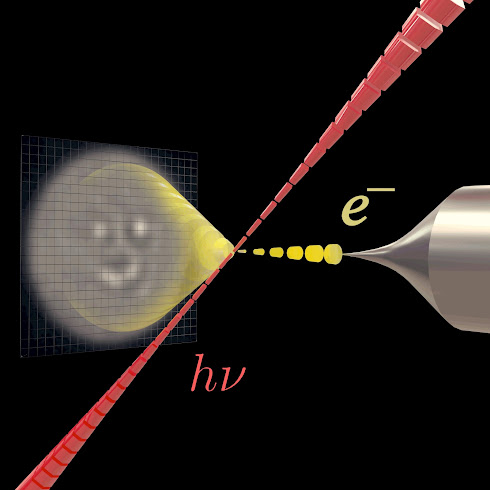Oil and gas producers rely on flaring to limit the venting of natural gas from their facilities, but new research led by the University of Michigan shows that in the real world, this practice is far less effective than estimated—releasing five times more methane in the U.S. than previously thought.
Methane is known to be a powerful greenhouse gas, but burning it off at oil and gas wells was believed to effectively keep it from escaping into the atmosphere.
Unfortunately, data published in the journal Science shows we overestimate flaring’s effectiveness and, as a result, underestimate its contribution to methane emissions and climate change. But if we fix flaring issues, the payoff is huge: the equivalent of removing 3 million cars from the roads.
Industry and regulators operate under the assumption flares are constantly lit and that they burn off 98% of methane when in operation. Data taken via aerial surveys in the three U.S. geographical basins, which are home to more than 80% of U.S. flaring operations, shows both assumptions are incorrect. Flares were found to be unlit approximately 3%-5% of the time and, even when lit, they were found operating at low efficiency. Combined, those factors lead to an average effective flaring efficiency rate of only 91%.
















.jpg)
